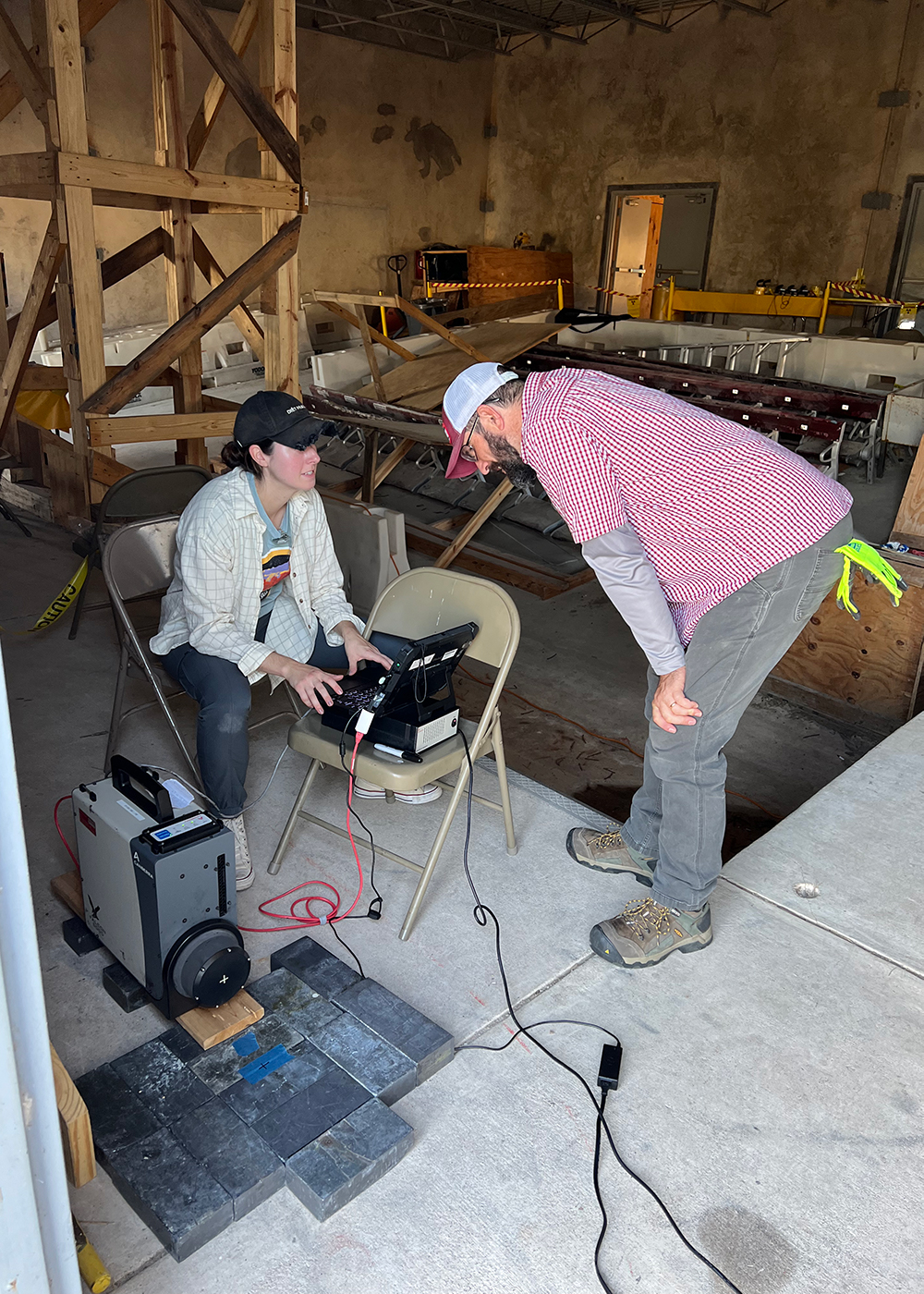On August 29 and 30, researchers with the Center for Nuclear Security Science and Policy Initiatives (NSSPI) conducted a contamination field exercise at the Texas A&M Engineering Extension Service (TEEX) Disaster City facility to provide training and experience to assets from the U.S. National Nuclear Security Administration’s (NNSA) Nuclear Emergency Support Team (NEST). NSSPI Deputy Director Dr. Craig Marianno planned the exercise, which utilized a short-lived radioactive source to temporarily contaminate a contained facility on the Disaster City Campus.

“To my knowledge, this is the first time this was done outside of an NNSA facility. This is a unique opportunity to help our nation’s response capability,” explained Marianno. “In addition, this is allowing my students valuable experience in health physics, exercise planning, and emergency response.”


The radioactive source was distributed in a small, enclosed space, simulating a realistic contamination scenario. Participants in the exercise entered this area to carry out monitoring and sampling activities, akin to what they might encounter during an actual radiological incident. After obtaining samples from the contaminated environment, the emergency response teams transferred those samples to laboratory field team workers for analysis. Texas A&M graduate and undergraduate nuclear engineering students supported the exercise by taking measurements and recording data during the exercise.
To ensure safety, radiation monitors were in constant operation throughout the exercise, closely tracking radiation levels and confirming that there was no release of radiation beyond the containment structure.
According to Marianno, “The type and amount of radiation that we used in this exercise is not a health concern and is comparable to what would be used in common medical diagnostic settings. Due to the short half-life of the radioisotopes being used, the radioactive source was no longer present 24 hours after its application.”

The NEST team members who took part in this event were from the Radiological Assistance Program (RAP) and Consequence Management (CM) program. NNSA’s RAP and CM programs are critical components of the nation’s efforts to safeguard against and respond to radiological emergencies. The RAP provides specialized teams of experts and equipment to assist local, state, tribal, and federal authorities in assessing and managing radiological incidents. The CM program focuses on coordinating and providing resources to support the response, recovery, and restoration efforts following a radiological event, ensuring that affected communities are provided with the necessary assistance and expertise to minimize the impact and protect public health and safety. These programs are designed to enhance our preparedness and capability to mitigate the consequences of radiological incidents, including nuclear accidents, terrorist threats, or radiological emergencies.